How Trees Improve Living Experience of Your City Home?
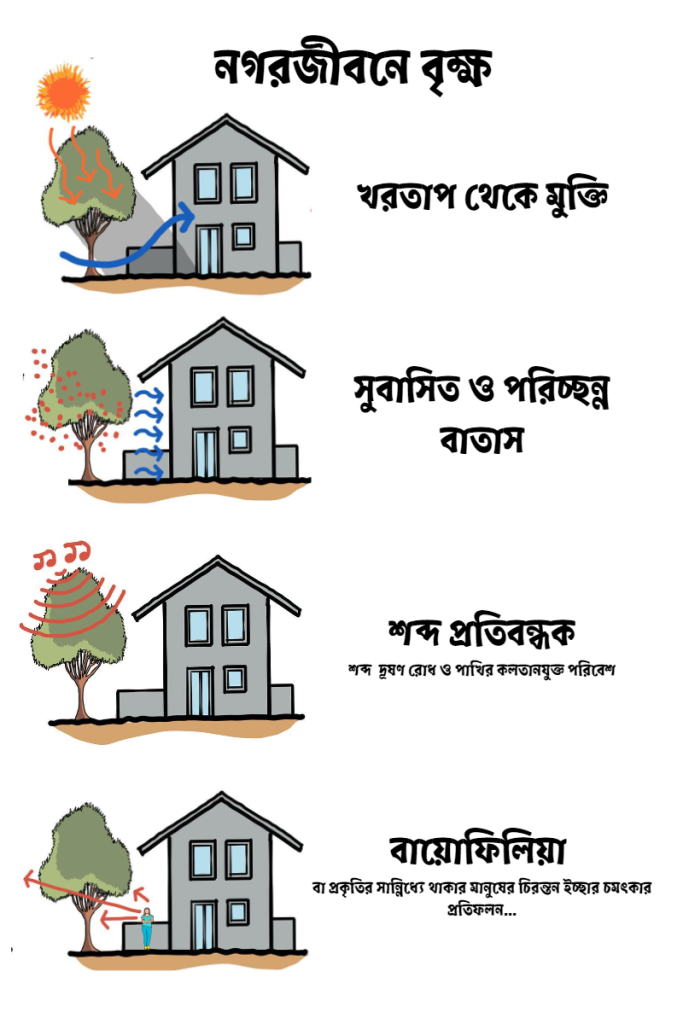
We always heard the encouragement of planting trees and all the positive benefits of trees for the environment. Today, we are gonna take a look at the benefits of the trees to the city dwellers…
We will explore 4 points today. Those are:
- Thermal Comfort
- Air Quality
- Noise Cancellation
- Biophilia
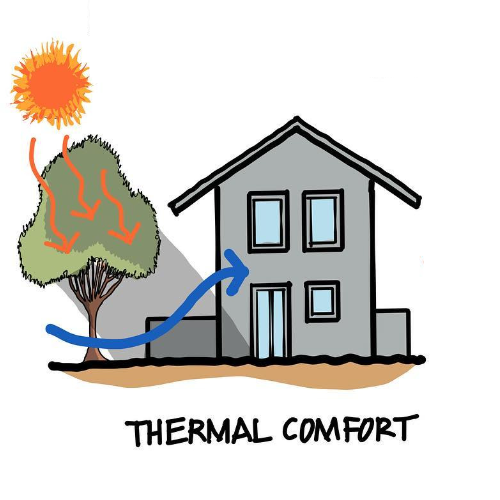
Thermal Comfort
Trees provide a range of benefits to urban environments, including thermal comfort for city homes. They do this in several ways:
- Shade: Trees provide shade to homes, reducing the amount of direct sunlight that reaches the building’s exterior. This can significantly reduce heat gain in the summer months, which in turn reduces the amount of energy required to cool the home.
- Evapotranspiration: Trees release water vapor through their leaves, a process known as evapotranspiration. This process helps to cool the surrounding air, making the area around the tree feel cooler and more comfortable.
- Windbreak: Trees can also act as a windbreak, reducing the amount of cold air that enters the home during the winter months. This can help to keep the home warmer and reduce the amount of energy required to heat the home.
- Insulation: Trees can also provide insulation to homes by reducing the amount of heat that escapes through the roof and walls. This can help to keep the home warmer in the winter and cooler in the summer, reducing the amount of energy required to heat and cool the home.
Improved Air Quality
Let’s see how trees play a crucial role in improving air quality in cities:
- Absorbing pollutants: Trees absorb pollutants such as carbon dioxide, nitrogen dioxide, and particulate matter from the air through their leaves and bark. This helps to reduce the levels of these harmful substances in the air.
- Producing oxygen: Through photosynthesis, trees produce oxygen, which is essential for human and animal life. This helps to ensure that there is a healthy balance of gases in the air.
- Providing shade: As mentioned before, trees provide shade which can reduce the temperature in the surrounding area. This can help to reduce the formation of ozone, which is a harmful air pollutant.
- Acting as a windbreak: Trees can also act as a windbreak, reducing the amount of dust and other particles that are carried by the wind. This can help to improve air quality by reducing the amount of airborne particles in the air.
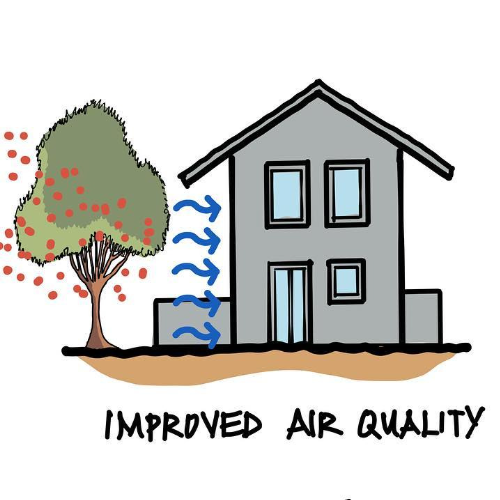
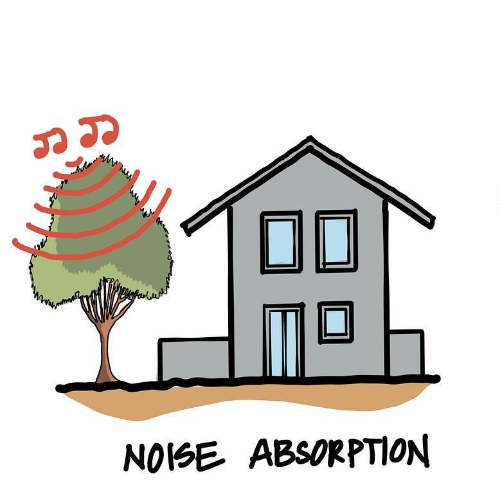
Noise Absorption
Trees can significantly improve the living experience by having a positive impact on the noise of city life!
- Noise absorption: Trees can absorb and reduce noise levels in the surrounding area. The leaves, branches, and trunks of trees can all help to absorb sound, making the surrounding environment quieter and more peaceful. This can be particularly beneficial in noisy urban environments, where traffic and other sources of noise can be a significant source of stress.
- Bird song: Trees provide a habitat for birds, which can add to the overall living experience of city homes. The presence of bird song can be calming and pleasant, and can contribute to a sense of connection with nature. Additionally, birds can help to control insect populations, which can be beneficial for both humans and the environment.
Biophilia
The phrase ‘Biophilia’ is relatively new and may be unknown to many of us. But it a very common phenomena or feeling that you and I feel pr known it always, but may not know what it was!
- Biophilia refers to the inherent human tendency to seek connections with nature and other forms of life. It is a concept first introduced by biologist Edward O. Wilson in his book “Biophilia” published in 1984. According to Wilson, humans have an innate desire to connect with nature and other living organisms due to our evolutionary history. This connection can bring a sense of well-being and can have a positive impact on mental health.
- Many studies have shown that exposure to nature can reduce stress, anxiety, and depression, and can improve cognitive function and creativity. Therefore, biophilia has become an important concept in architecture, design, and urban planning, as it highlights the importance of incorporating natural elements into our built environment to promote well-being.
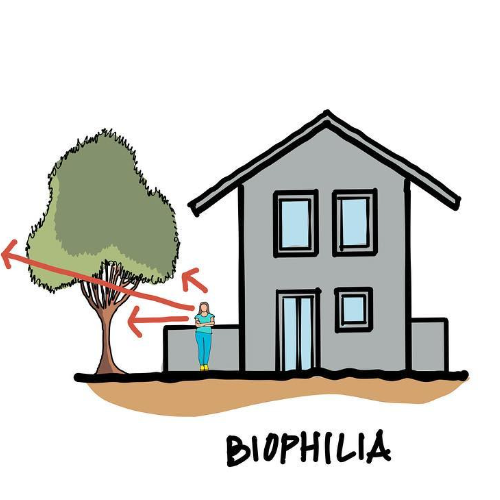
So, it is clear that the trees are an important element in creating a comfortable living environment in cities. They not only provide shade and cool the air, but also help to reduce energy costs and promote sustainable living. They help to create a healthier and more livable urban environment. By absorbing noise and providing a habitat for birds, they contribute to a more peaceful and natural setting, which can improve the quality of life for those living in the city. Lastly, biophilia suggests that humans have an inherent need for nature and that incorporating it into our daily lives can have significant benefits for our physical and mental health. Therefore, planting trees at your city home premises ensures that your biophilia is satisfied and your living experience is improved.
